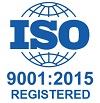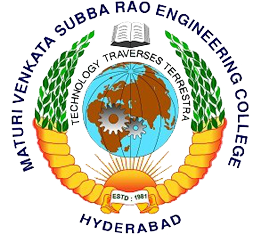WITH EFFECT FROM THE ACADEMIC YEAR 2013- 2014
CE 457
ADVANCED TRANSPORTATION ENGINEERING
(Elective-II)
Instruction 4 Periods per week
Duration of University Examination 3 Hours
University Examination 75 Marks
Sessional 25 Marks
UNIT-I
Soil- Stabilized Road: Preliminary investigation, materials, techniques ofstabilizations, methods of stabilization, mechanical, Mehra’s Method, Soil, cement, soil bitumen and soil lime stabilization.
UNIT-II
Flexible and Rigid Pavement Design: GI Method, IRC revised CBR, design of rigid pavement - Concepts ofESWL, stresses due to Loads, temperature, warping, friction & critical combination, IRC method of Rigid pavement Design.
UNIT-III
Pavement Distress and Evaluation: Skid resistance, structural evaluation, Benklemen beams method, overlays, highways drainage -Importance, requirements, surface drainage systems, sub-surface drainage system.
UNIT-IV
Highway Capacity & Economic Evaluation: Concept of passenger car units (IRC), Level of service - concept, factors, multilane capacities for rural, urban, and express ways, concept oftransport cost & benefits, Benefit cost ratio, net present value, rate of return, and their relative comparison for evaluation. Accidents, causes, methodologies for accident causing precautions to minimize the accidents.
UNIT-V
Travel Demand Management: Traffic management systems (TMS) - Restrictions on turning movements, one way streets, tidel Flow -operations, exclusive bus lanes. Traffic relief at junctions, parking studies, parking inventories, types of parking service, parking analysis, bottlenecks. Nature and traffic problems in cities. Effect on environment due to traffic noise
and air pollution, introduction to computer applications in traffic and transport planning.
Suggested Reading :
- 1.L.R. Kadiyali, (2000) Principles and Practice of Highway Engineering, Khanna Publications, New Delhi.
- 2.Sharma, S. K. (2012) Principles, Practices and Design of Highway Engineering including Airport Pavements. S. Chand and Company ltd, New Delhi.
- 3.Huang, Y. H.Pavement Analysis and Design, Prentice Hall,Englewood Cliffs, New Jersey, 2004.
- 4.Yoder, E. J.; Witczak, M. W. (2012) Principles of Pavement Design, 2nd Edition, John Wiley and Sons, Indian Edition, New Delhi.
- 5.F.L. Mannering, W.P. Kilareski and S.S. Washburn, Principles of
Highway Engineering and Traffic Analysis, John Wiley & Sons, 2005.



